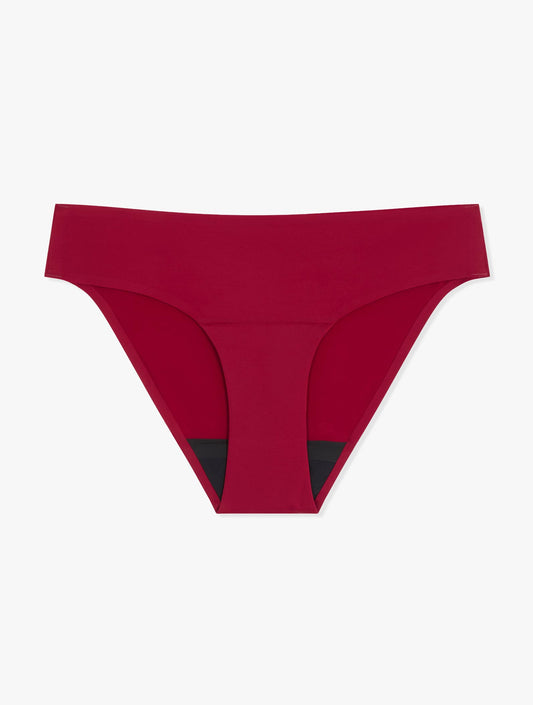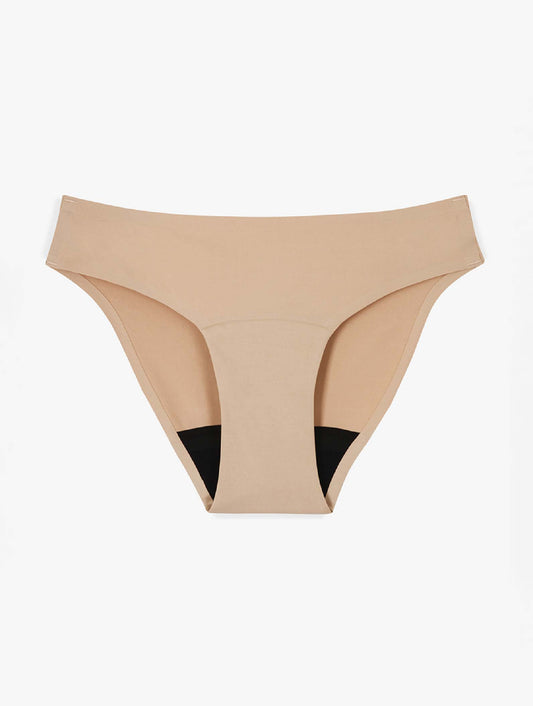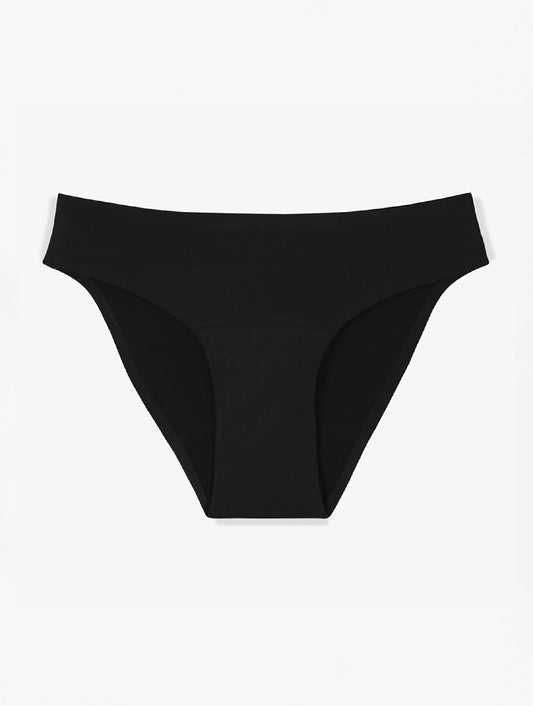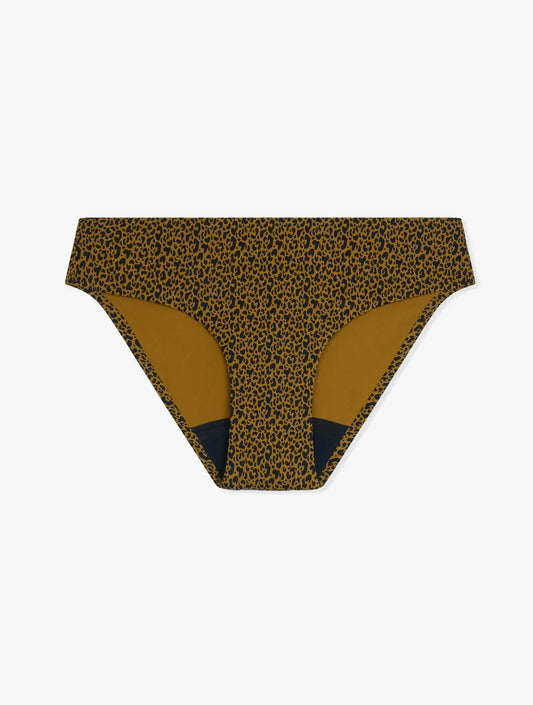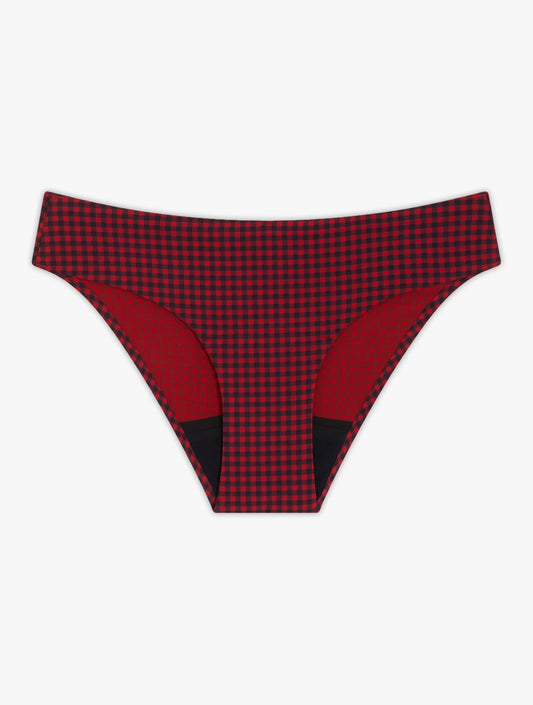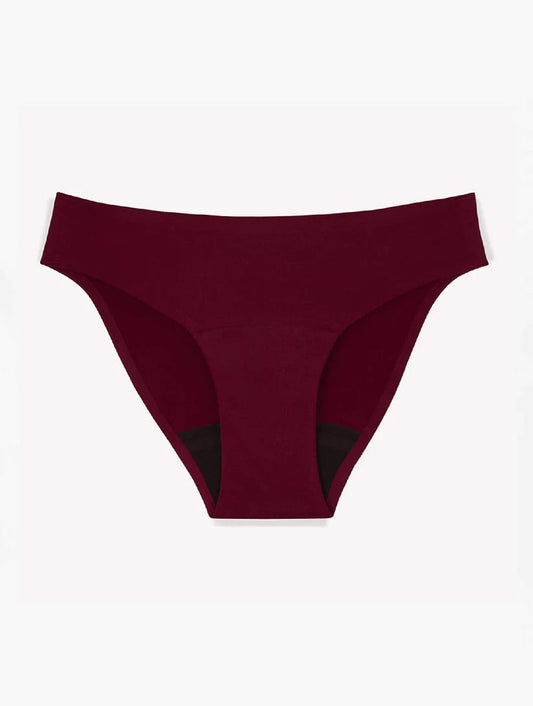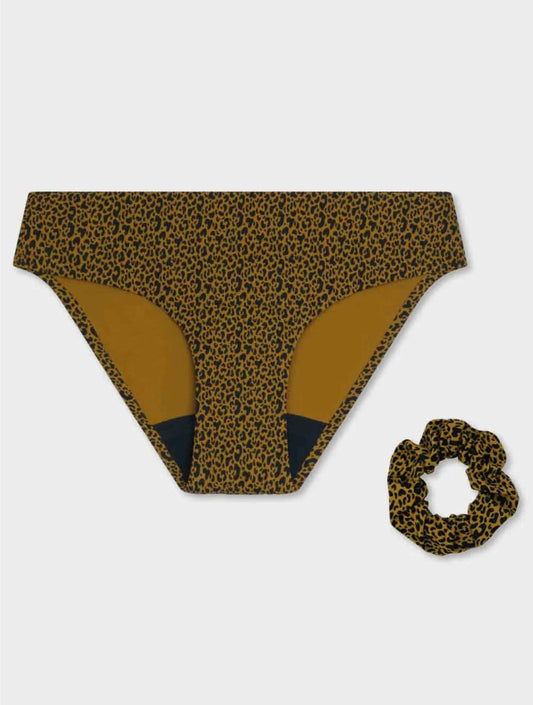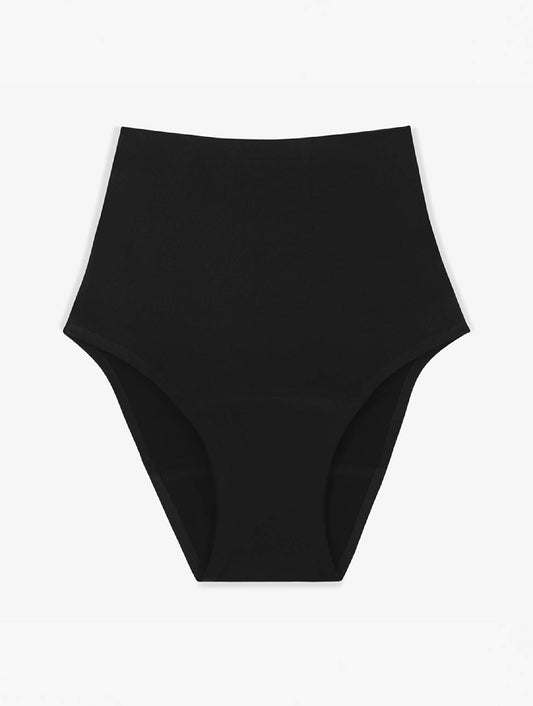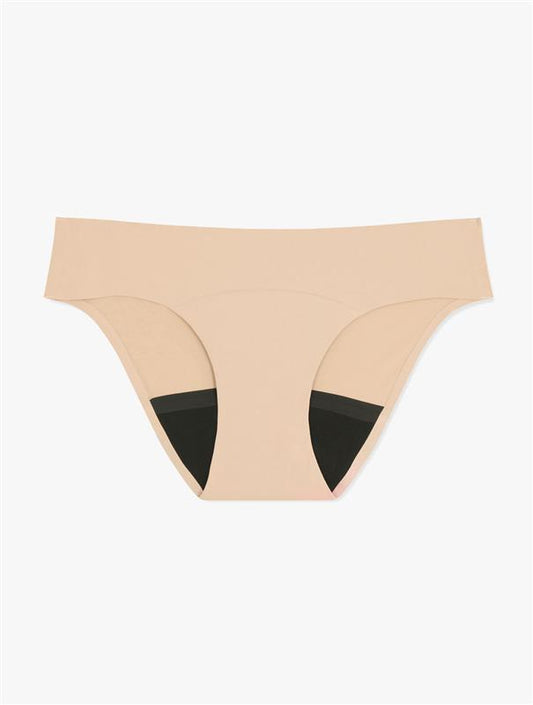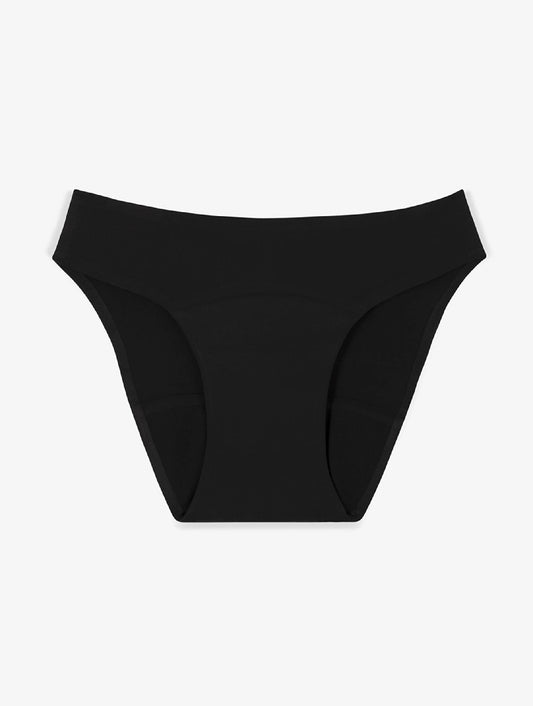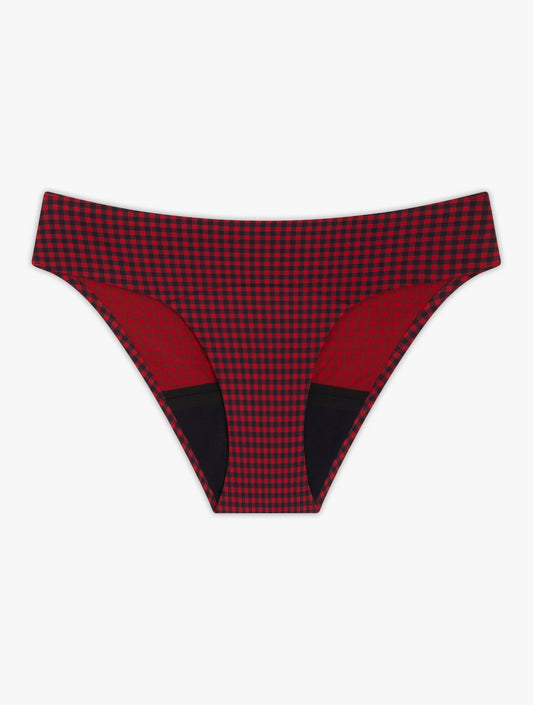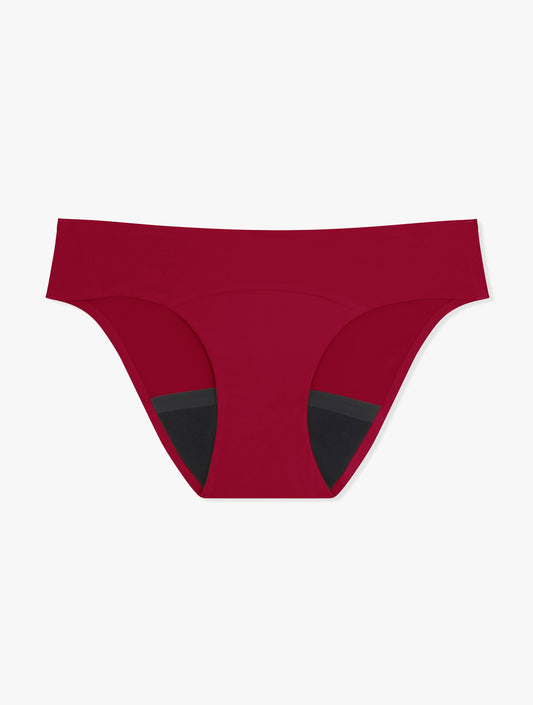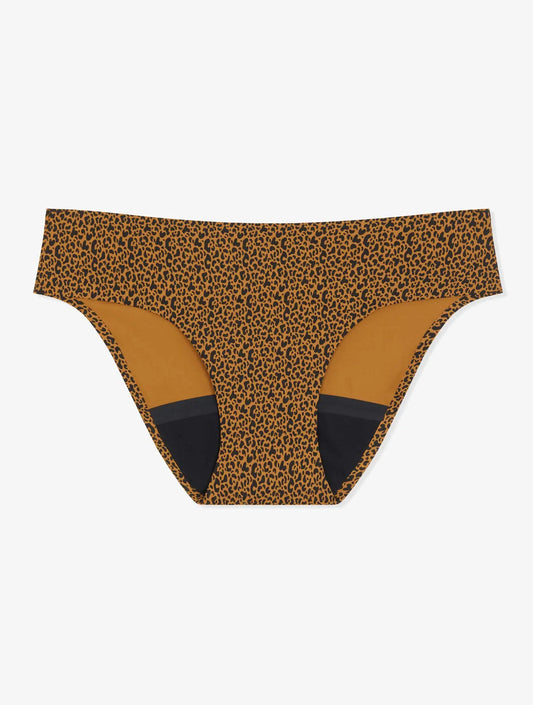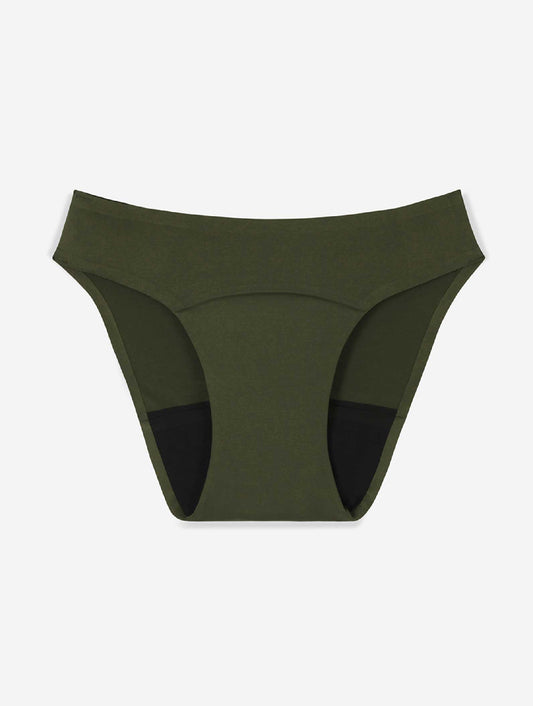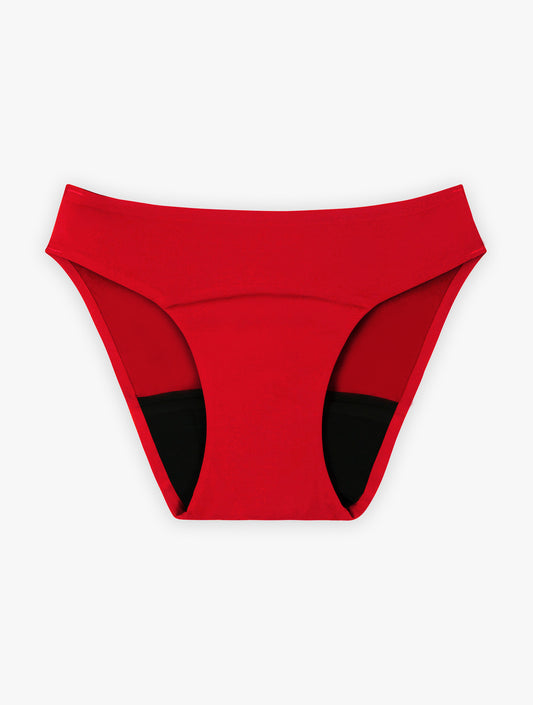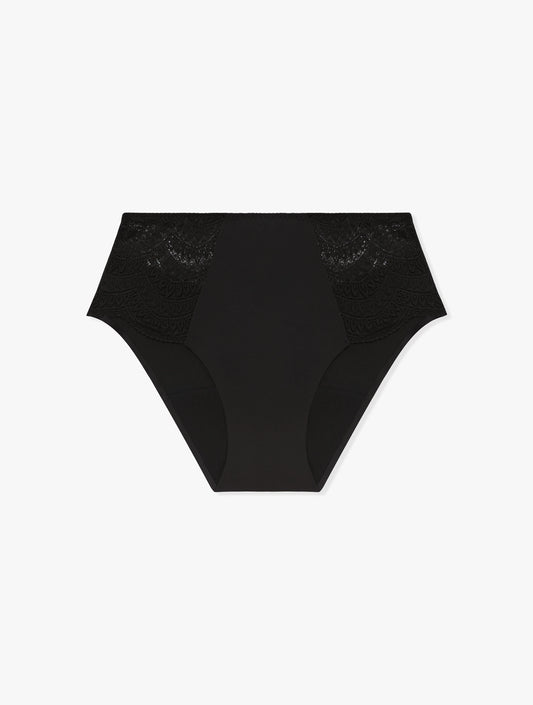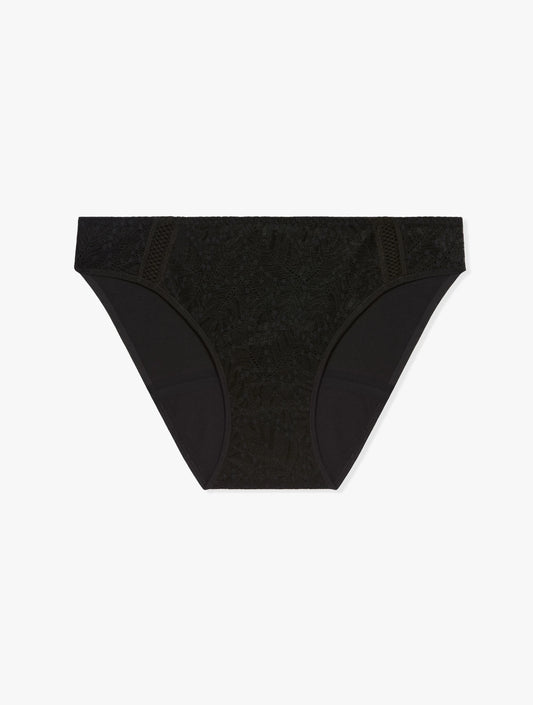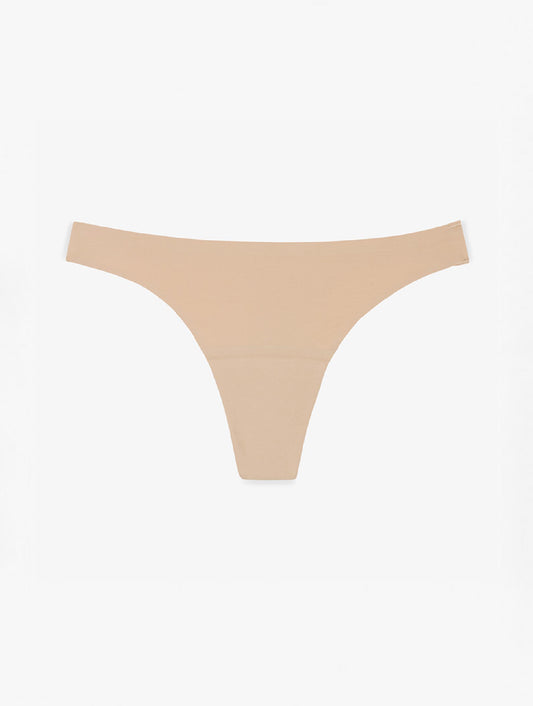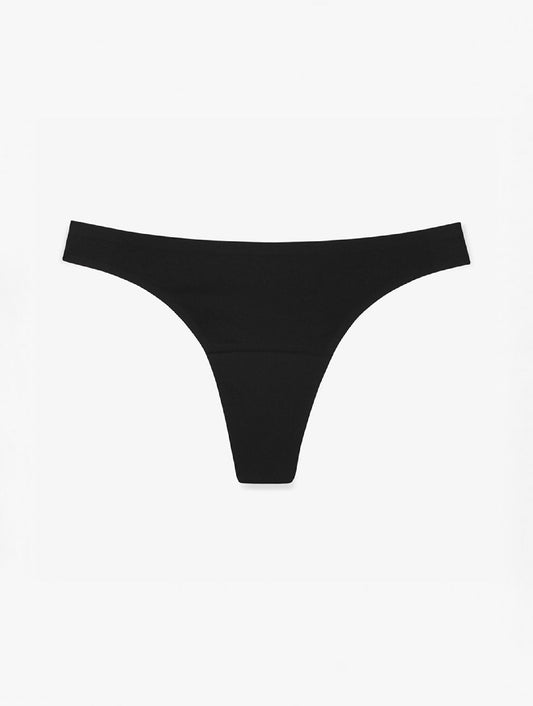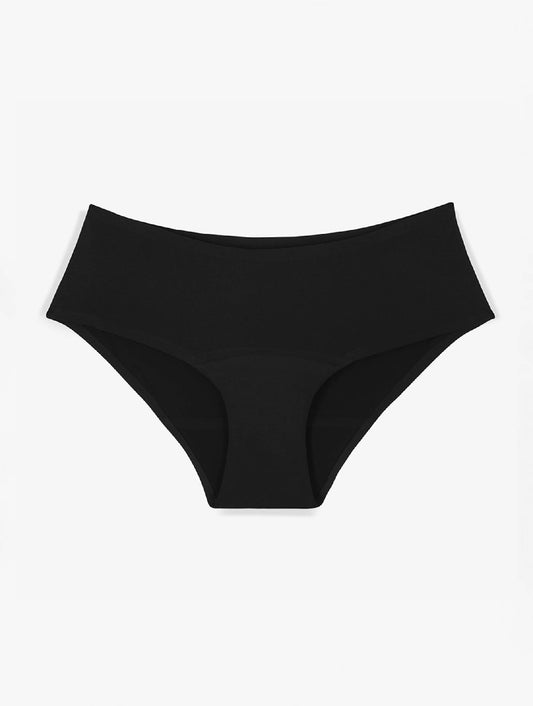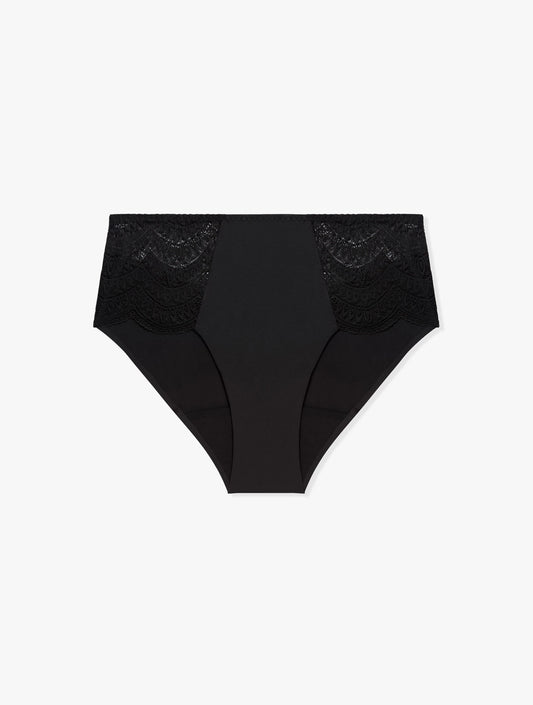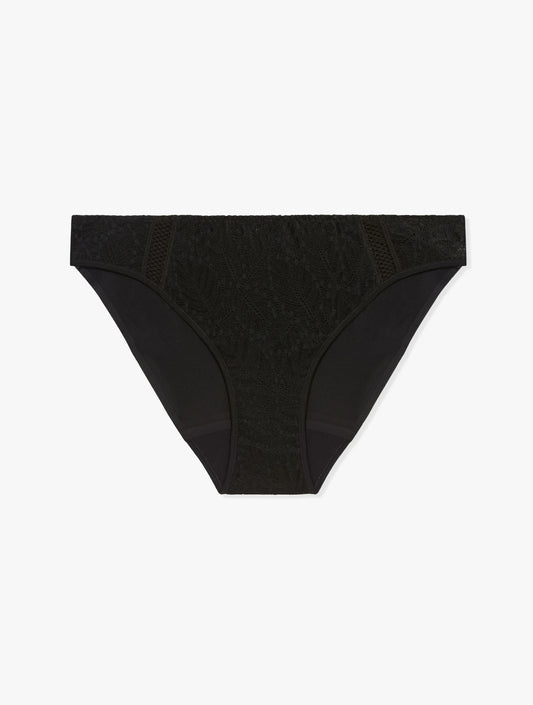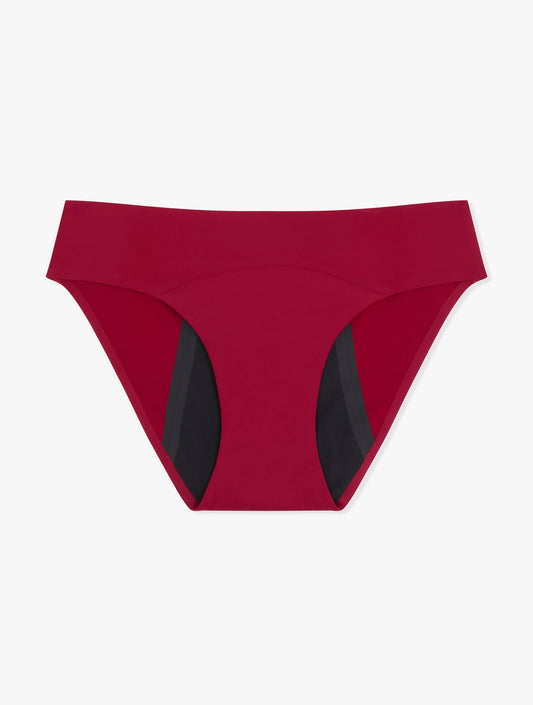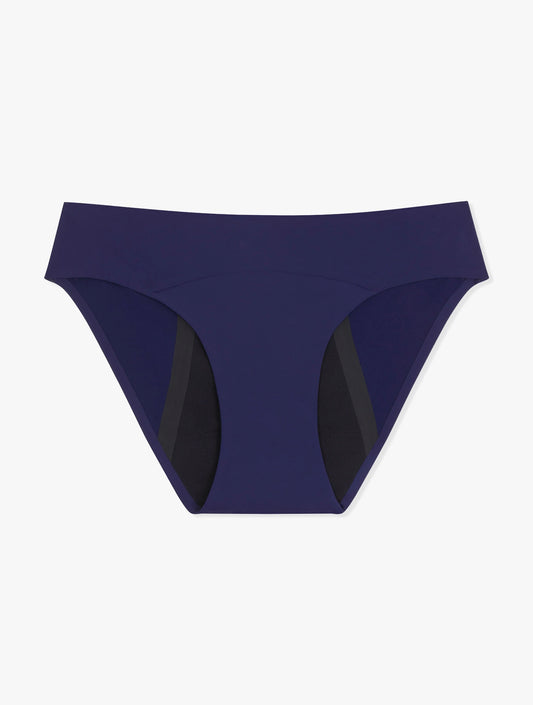Copper IUD: longer and heavier periods
Do you want a contraceptive that does not require daily intake like the pill? The IUD may be the right solution, whether you have had children or not. Available in two forms, the IUD (intrauterine device) comes in a copper IUD and hormonal IUD version. In this article, we focus on the copper IUD to understand its impact on your menstrual cycles.
How does the copper IUD work?
The copper IUD or IUD (intrauterine device) comes in the shape of a soft plastic T. It measures approximately 3cm and has copper wire around the stem. Why copper? Because copper has a radical effect on sperm: it completely neutralizes them and therefore prevents them from reaching the egg. It also blocks fertilization by stopping the attachment of the egg in the uterus. The higher the copper content of your IUD, the more effective its action. In general, the IUD contains between 375 to 380 mm² of copper. This intrauterine device - as your gynecologist or midwife calls it - therefore does not block your menstrual cycles. You continue to ovulate each month and your periods are natural, although longer and heavier, particularly in the first few months.
This is where period panties or period swimsuits , for example, come into play.
How is a copper IUD inserted?
The insertion of a copper IUD is organized after a check-up visit to the doctor. If the patient has no contraindications (pregnancy, genital infection, etc.), the insertion of the copper IUD will be scheduled during a second consultation. This intervention, which only lasts a few minutes, is in most cases carried out by the gynecologist or midwife and more rarely by the general practitioner. The copper IUD insertion technique involves inserting an inserter into the uterus through the vagina.Insertion of the copper IUD is usually done during menstruation, ideally on the 4th day, when the flow is less heavy. This makes it possible on the one hand to be sure that a pregnancy is not in progress and on the other hand facilitates the implantation of the device, given that the cervix is naturally open. Sometimes this small procedure is a little painful. Luckily, the pain does not last more than 2 or 3 seconds.
Are you dreading this moment? This is completely normal ! But rest assured, the pose only lasts a few minutes and your doctor will probably prescribe anti-inflammatories.
How is the copper IUD removed?
Now that the insertion of the copper IUD no longer holds any secrets for you, one question is tormenting you. How will the gynecologist go about removing this little 3 cm T placed in the uterus? Good news, removing the copper IUD is even faster than inserting it. The gynecologist, midwife or general practitioner, depending on the case, gently pulls on the threads attached to the end of the IUD using pliers specially designed for this purpose. If the IUD strings are not visible, removal can be carried out under visual guidance (diagnostic hysteroscopy). Pain level, it can still pinch a little, but often significantly less than during insertion. If this contraceptive method suits the patient, a new IUD can be implanted during the same consultation.Who can wear a copper IUD and who can't?
The copper IUD can be worn by all women as long as they have already had sexual intercourse, including those who have not had children. The main contraindications are:- pregnancy ;
- a genital infection;
- a uterine malformation;
- a fibroid;
- endometriosis;
- copper intolerance;
- unexplained genital bleeding.
If periods are too heavy, too long and/or too painful, it is likely that your gynecologist will preferably prescribe a hormonal IUD. This progesterone-releasing IUD causes atrophy of the lining of the uterus, resulting in reduced or no periods.
How does the uterus react to the insertion of a copper IUD?
If you want to avoid hormones at all costs and if you don't like external protection, such as condoms, the copper IUD is certainly the right choice for you. It does, however, have some drawbacks. Already, it causes a chronic inflammatory reaction in the endometrium (lining of the uterus). Even if we don't feel it on a daily basis, we may not be comfortable with this idea. In the 24 hours following insertion of the copper IUD, your uterus may contract and cause pain which may be worse than that of your period. You may also feel discomfort in your lower abdomen because it takes a few days for the uterus to seat the copper IUD comfortably.Finally, among the side effects of the copper IUD, you may experience light bleeding during cycles (excluding periods). As a precaution, remember to wear your menstrual panties!
Why does the copper IUD make periods heavy and painful?
During the 6 months following insertion of your copper IUD, your cycles may be different. Particularly your periods which will probably be longer, more painful and heavier. There is nothing to worry about. This is the usual process: your uterus reacts to this intruder and learns to coexist. However, if the pain proves difficult to bear, if you have a fever or if you notice abnormal loss of cervical mucus (white discharge), do not hesitate to consult a gynecologist or midwife without waiting for the visit. check-up usually scheduled after the next period or approximately 3 to 6 weeks after insertion.What periodic protection during menstruation?
All periodic protection is suitable for wearing a copper IUD: cups, tampons, sponges and of course period panties. The technical fabrics that make up the latter are ultra-absorbent and you can wear the panties, even when your flow is heavy. But it is also possible that your periods become so heavy that the absorption capacity of the panties is no longer sufficient all day long, especially on the strongest days. If you are afraid of overflowing on these days, the period panties + cup or tampons combo is a winner!To conclude, let us remember that like all methods of contraception (including the pill), the copper IUD is not 100% effective. Every year, 1 in 200 women get pregnant despite everything - there is always a risk, no matter how small. If you want to be sure not to get pregnant, it is therefore advisable to make sure your period is not late. Using an app to track your menstrual cycles can be super practical!


